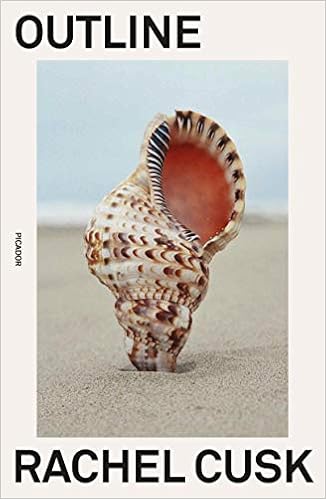It is easy enough to say, for example, that such and such a day was rainy in the morning but fine in the afternoon, that there was a pine tree at such and such a place, or that the name of the river at a certain place was such and such, for these things are what everybody says in their diaries, although in fact they are not even worth mentioning unless there are fresh and arresting elements in them. The readers will find in my diary a random collection of what I have seen on the road, views somehow remaining in my heart--an isolated house in the mountains, or a lonely inn surrounded by the moor, for example. I jotted down these records with the hope that they might provoke pleasant conversation among my readers and that they might be of some use to those who would travel the same way.
I know almost nothing about haiku. I think I taught a five-minute lesson on haiku, maybe, for my interview for the New York City Teaching Fellows many years ago. If so, I'm sure I said the same stuff that every middle schooler learns: a haiku is five syllables, followed by seven syllables, followed by five syllables. I'm sure I didn't think to discuss why the haiku is that way, or what it tries to accomplish, nor did anyone ask, nor would I have had an answer for them. To me, it made perfect sense that a haiku is little more than a formal exercise, a mental challenge.
Over the darkened sea,
Only the voice of a flying duck
Is visible--
In soft white.
But the idea of a poetic form as being purely mental is a Westernizing idea; as this collection of travel sketches by the haiku master Matsuo Basho shows, the haiku form is perfect for the expression of a single moment's experience. Basho traveled extensively throughout Japan in the 17th century, traveling from village to village and scene to scene during a time when travel for pleasure was not really known. In his own explanation, Basho talks of the haiku as a way for the reader to experience his journey, or, in a strangely practical touch, a guide for other travelers. In any case, what is most touching about Basho's haiku is the way they capture in miniature not just the visual of a scene but its emotional resonance: the strange bittersweetness of not seeing Mt. Fuji behind fog, for example, or the wonderous realization that a beauty can come from an overlooked landscape at the right time and in the right weather:
It is spring,
Even nameless hills
Are decorated
With thin films of morning mist.
Much of what is contained in this collection is probably lost on me. I don't understand, for example, the introduction's explanation of the way that haiku are often linked together in chains; the links are so subtle most of the time they elude me. And the prose travelogue mostly drifts by me because I have no point of reference for the geographic or social landscape of Japan. But the haiku themselves are arresting; they divert the attention away from the fluid relentlessness of prose and make them focus on the momentary. What I can't quite get a hold of in the prose, the haiku makes clear.
The chestnut by the eaves
In magnificent bloom
Passes unnoticed
By men of this world.
It seems to me that haiku is a way of being in the world, a meditative practice that demands the practitioner stop and see what is around them. Like the chestnut blooming magnificently, we move through the world too often without seeing it. I love the way the haiku makes me stop and take notice in the same way that Basho himself must have; but I also love their brevity, which seems to speak of a kind of evanescence, a recognition that the moment captured in the haiku lasts for only a short time before it disappears, and the road beckons again.








